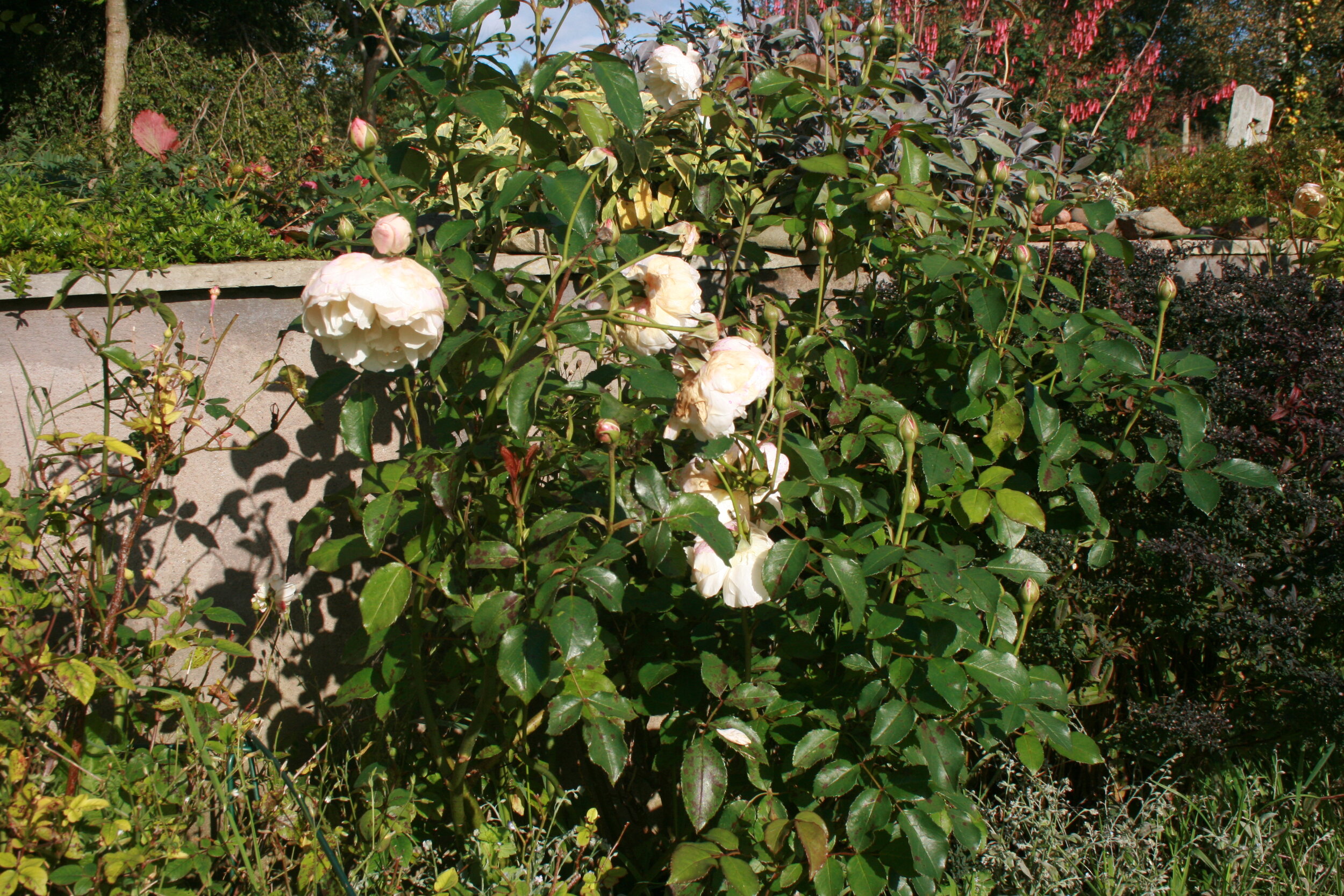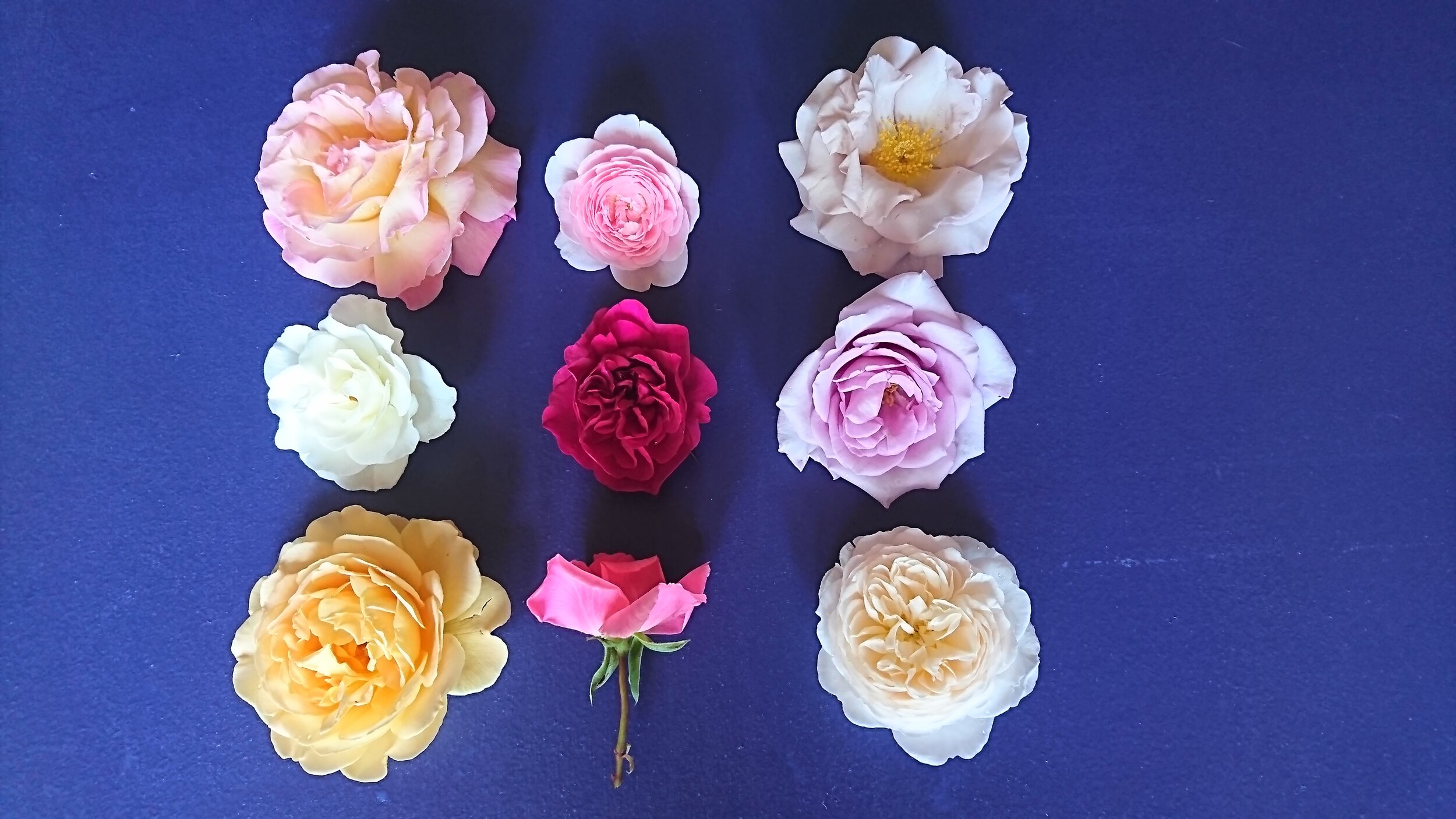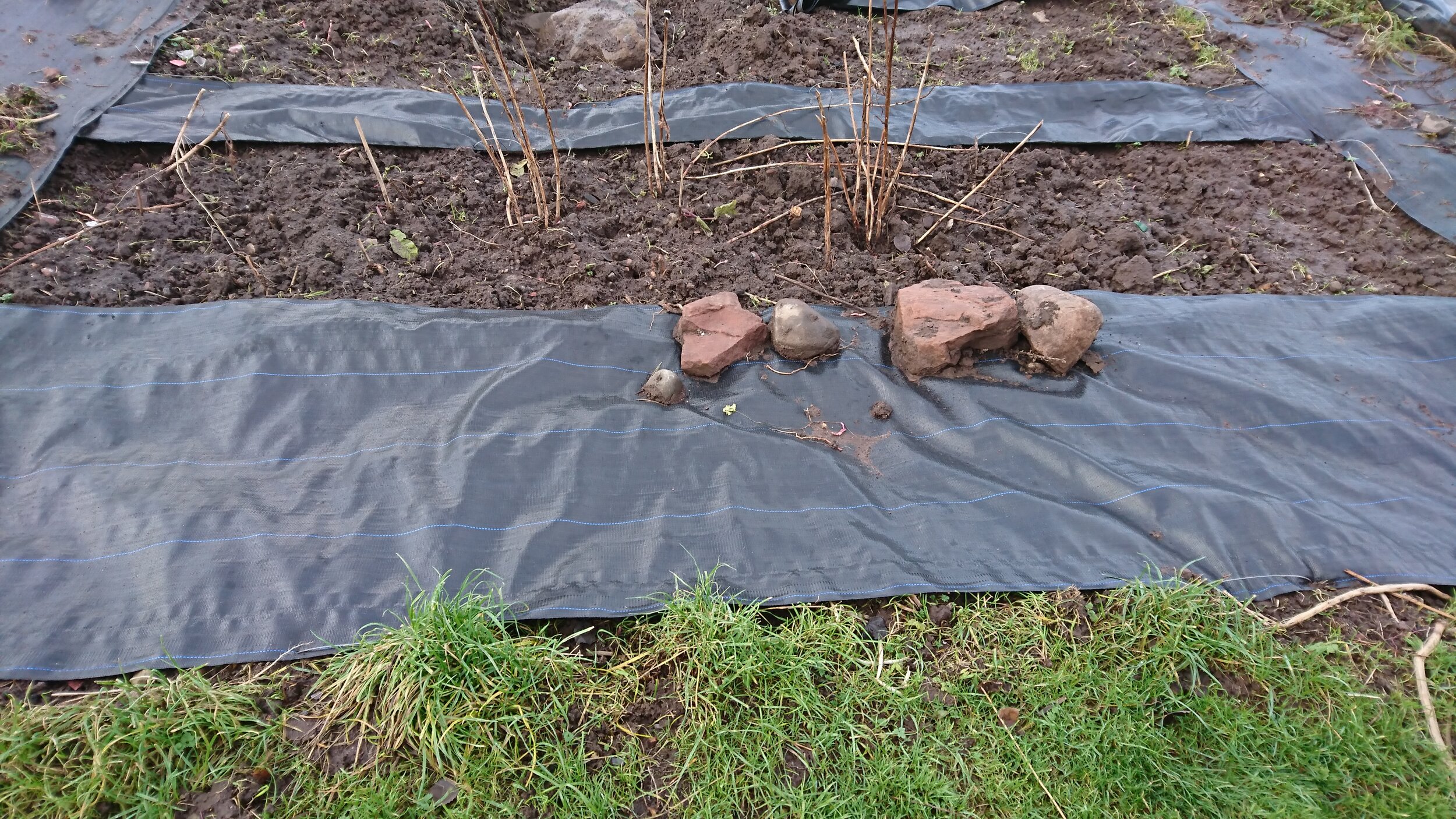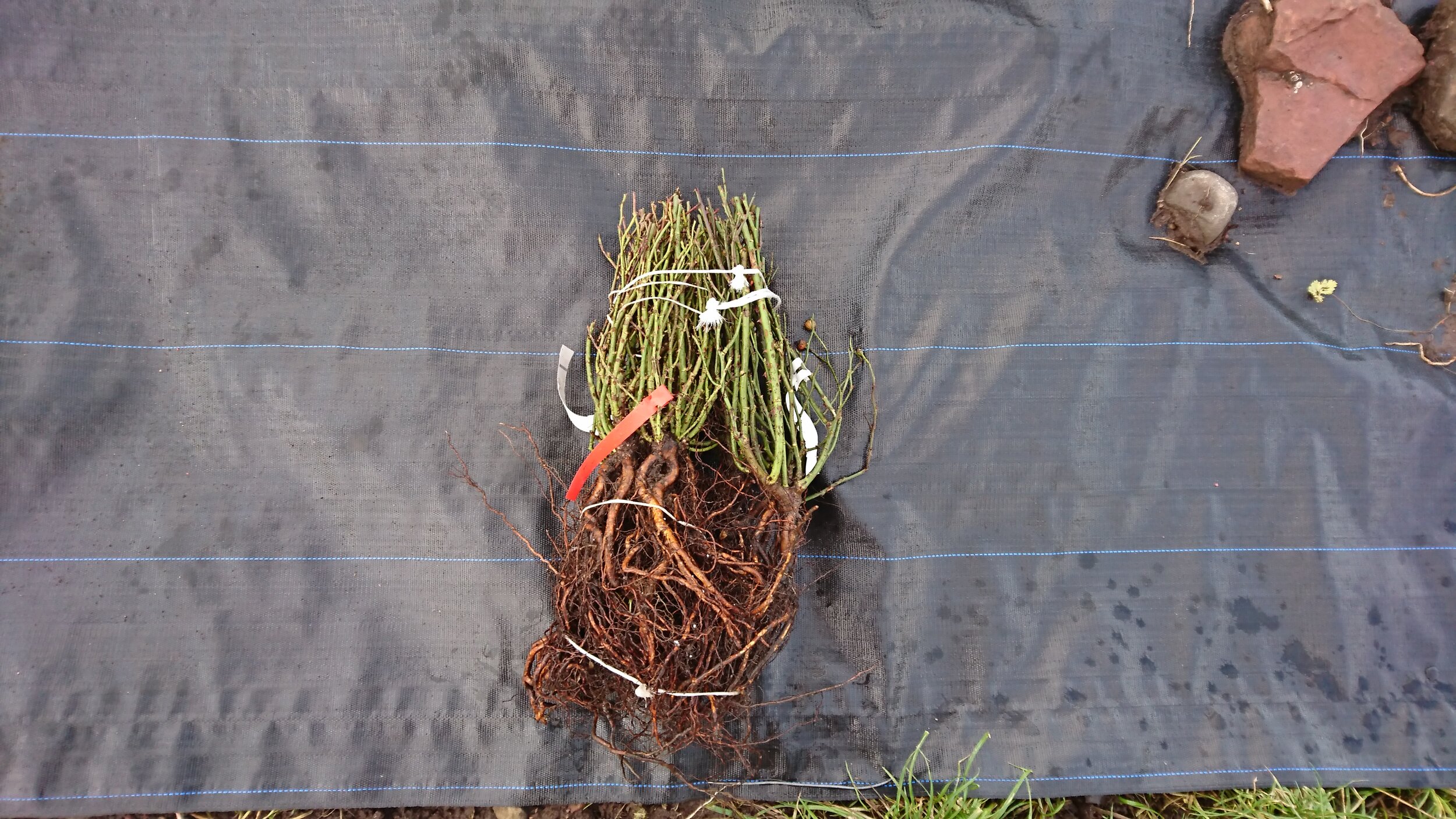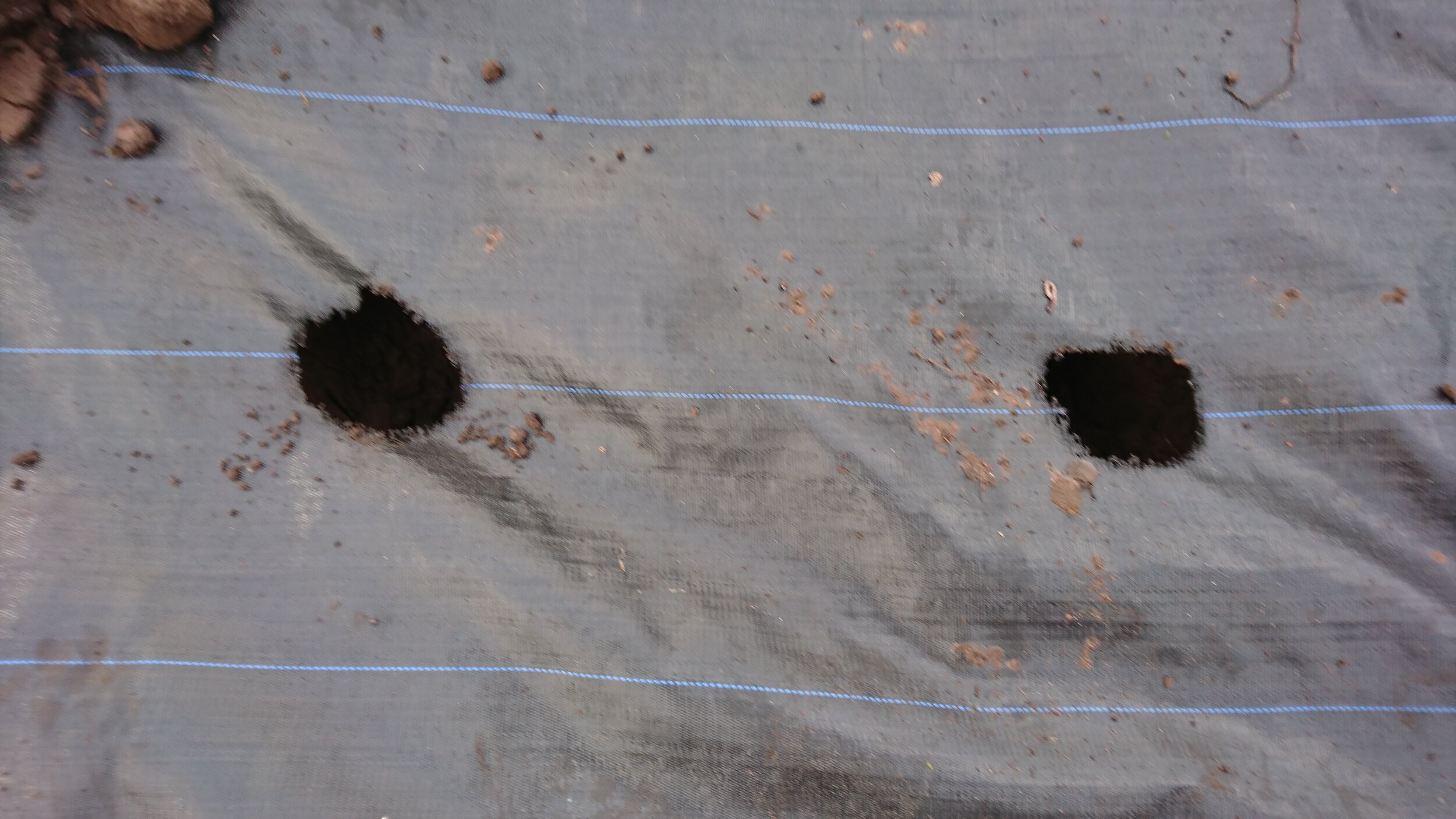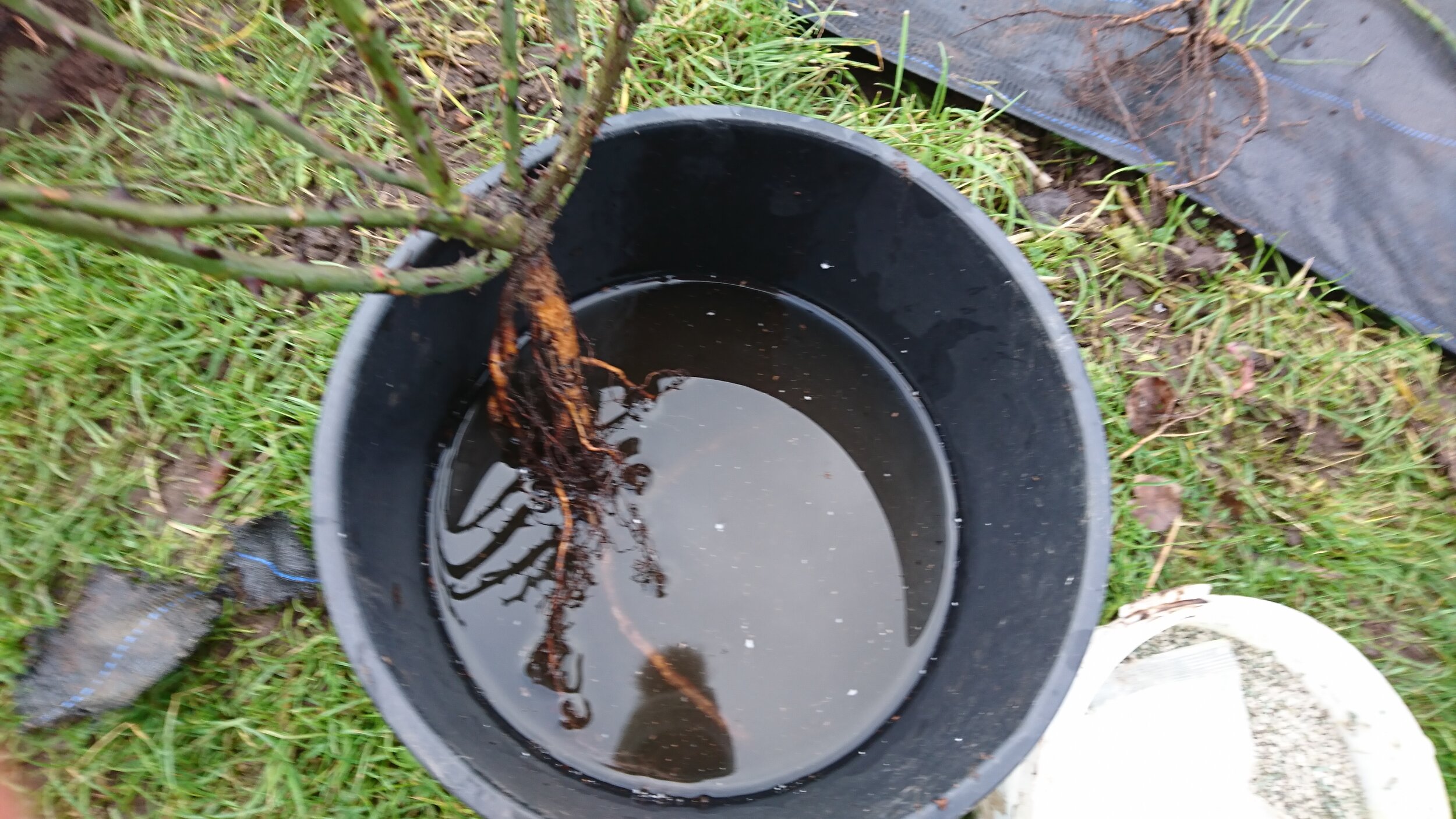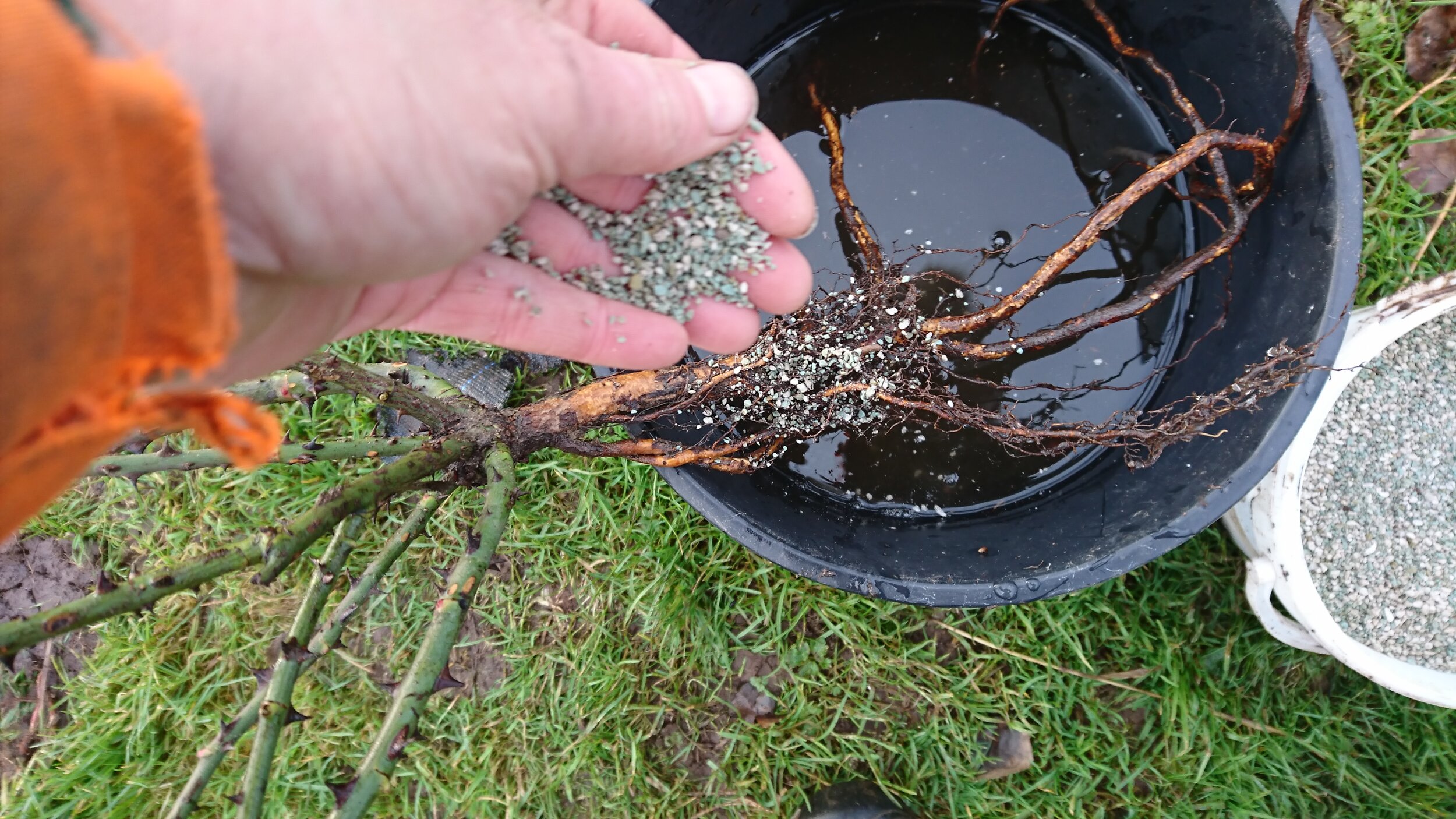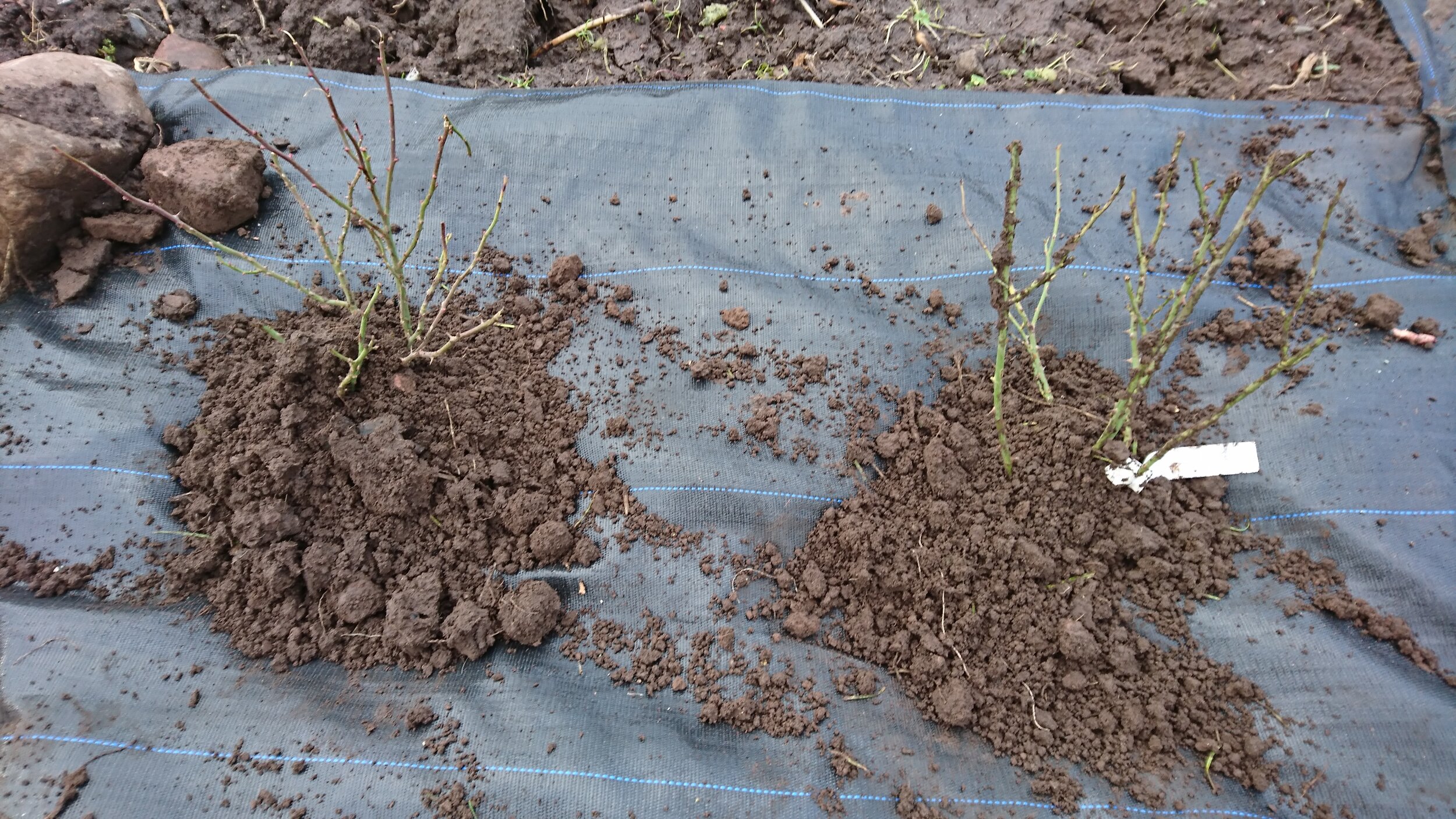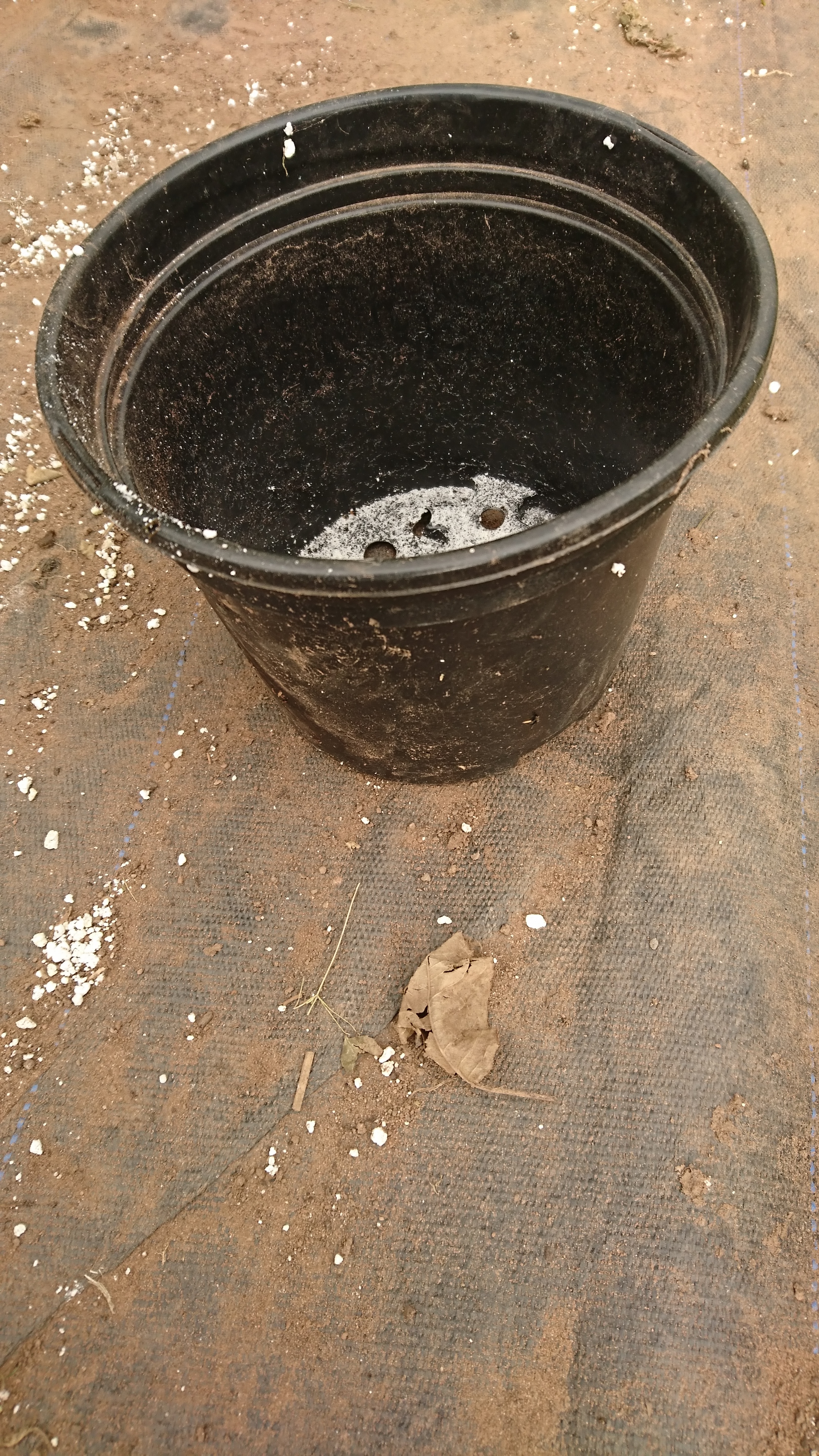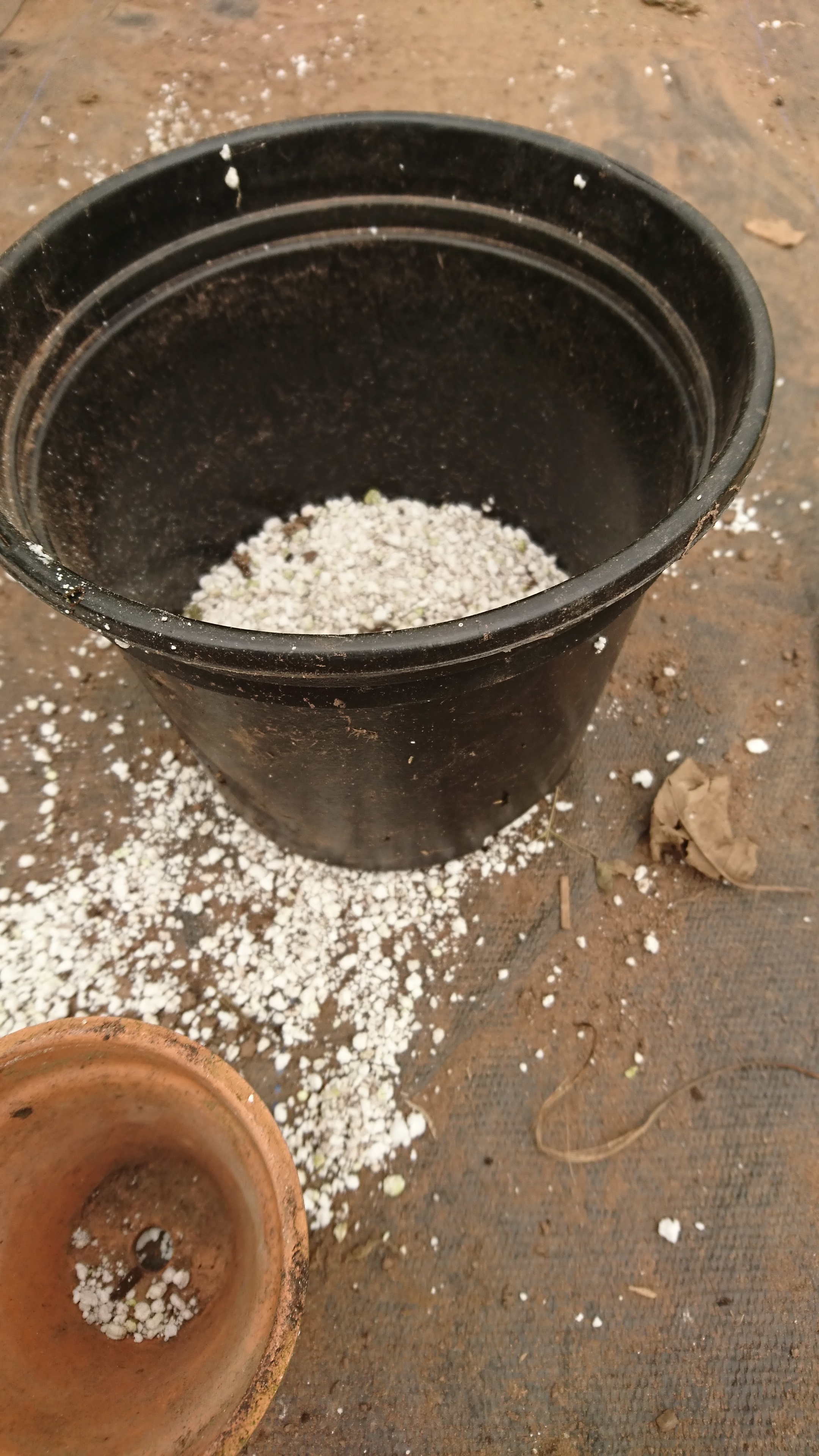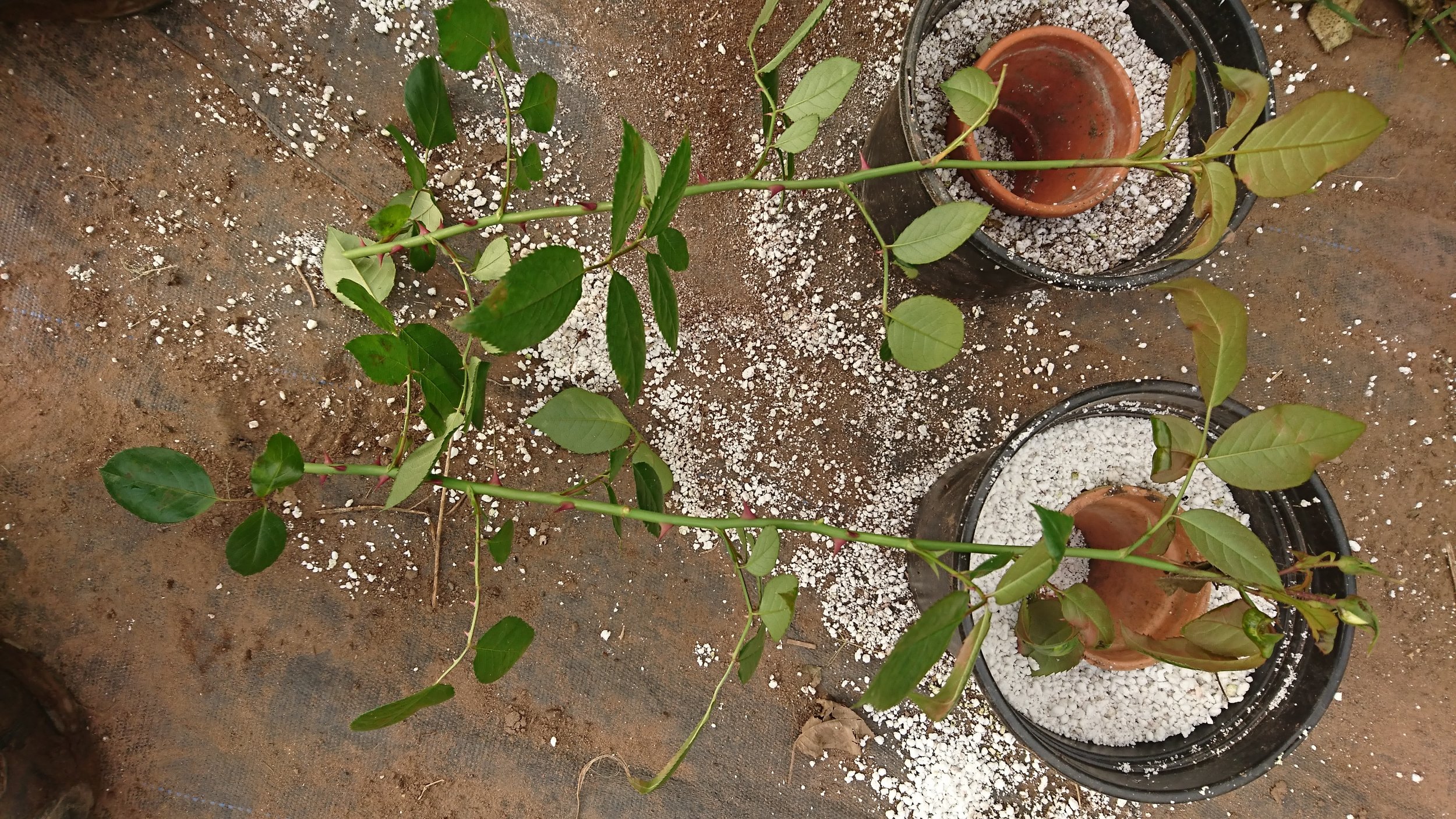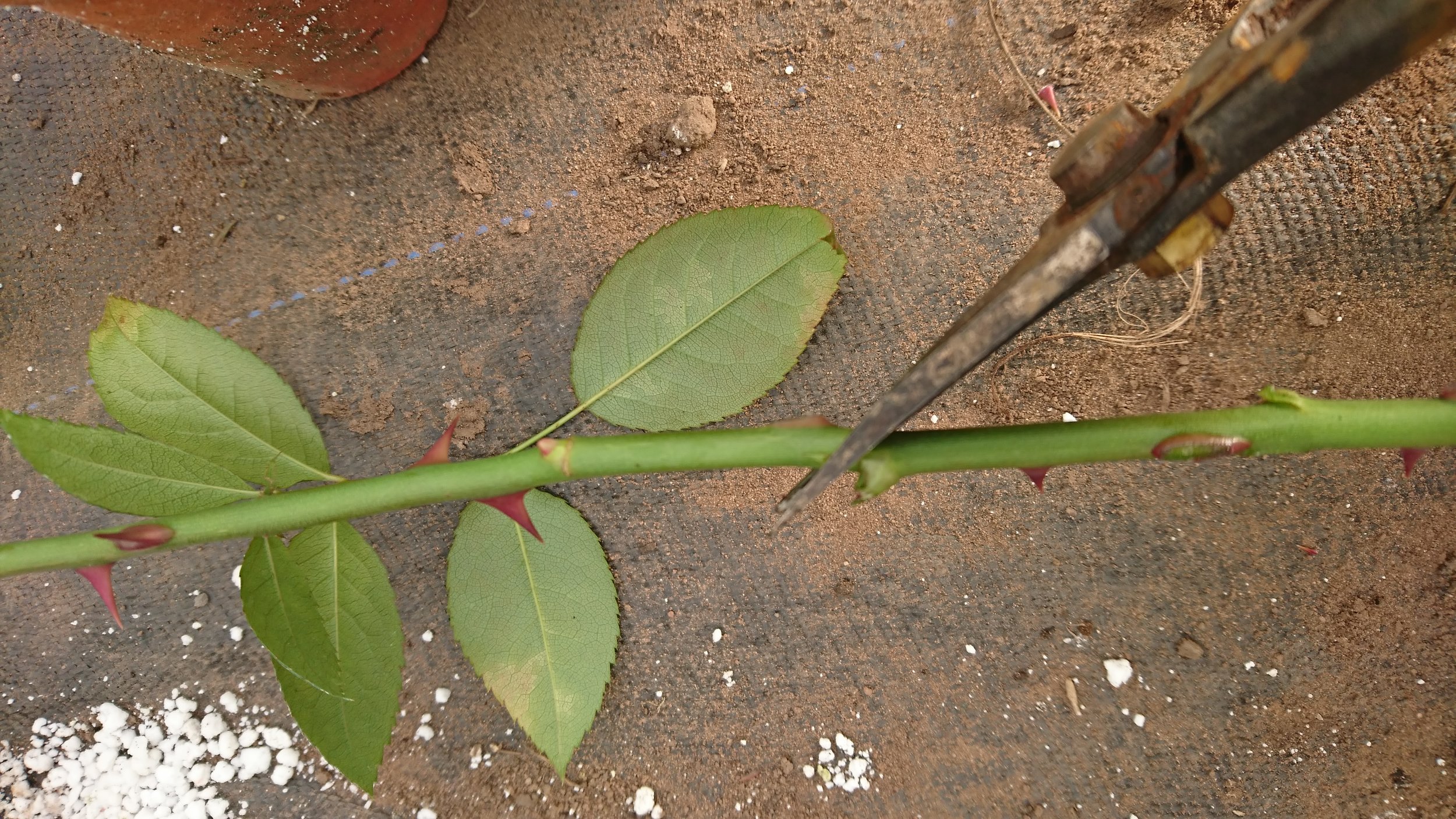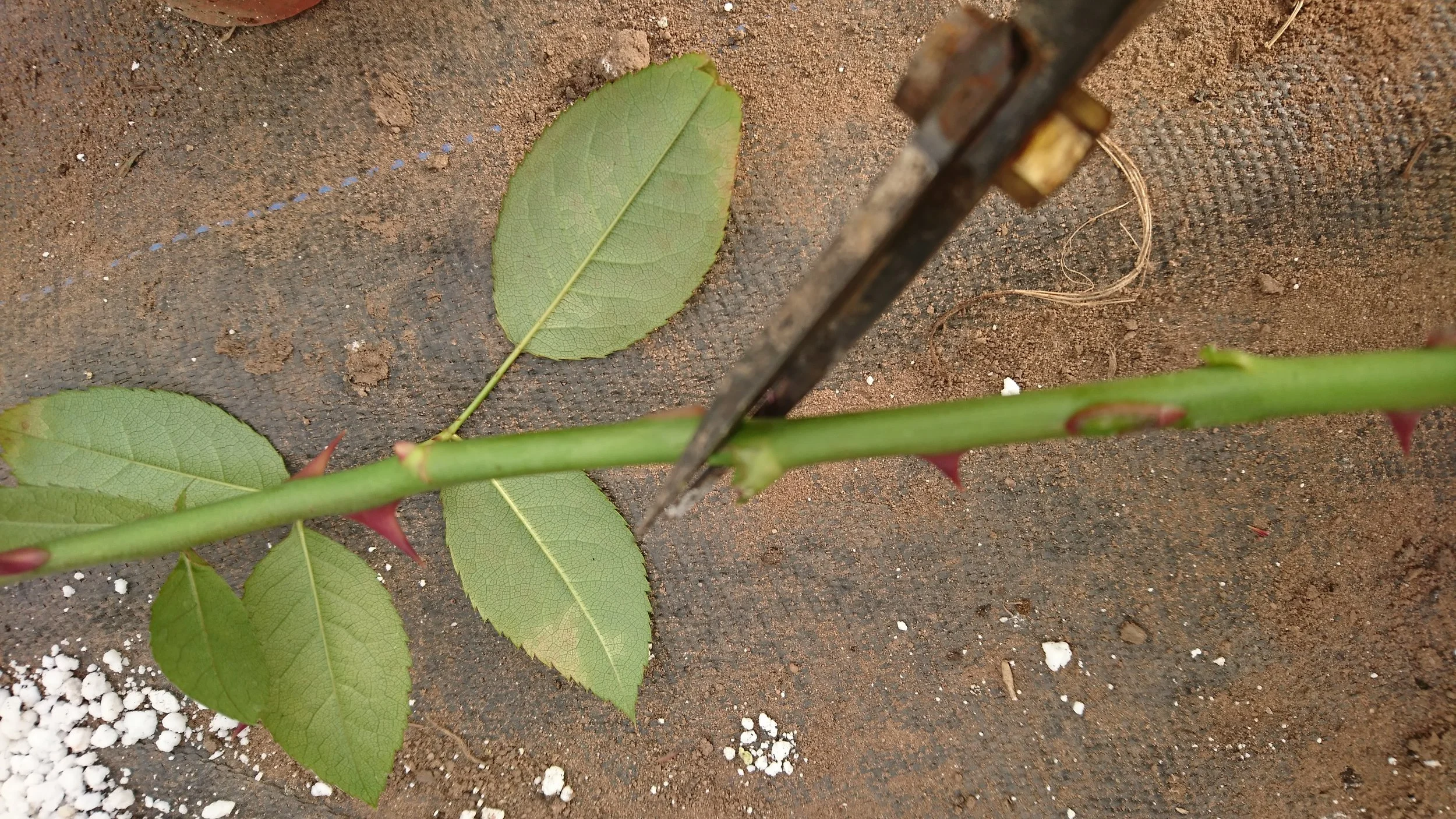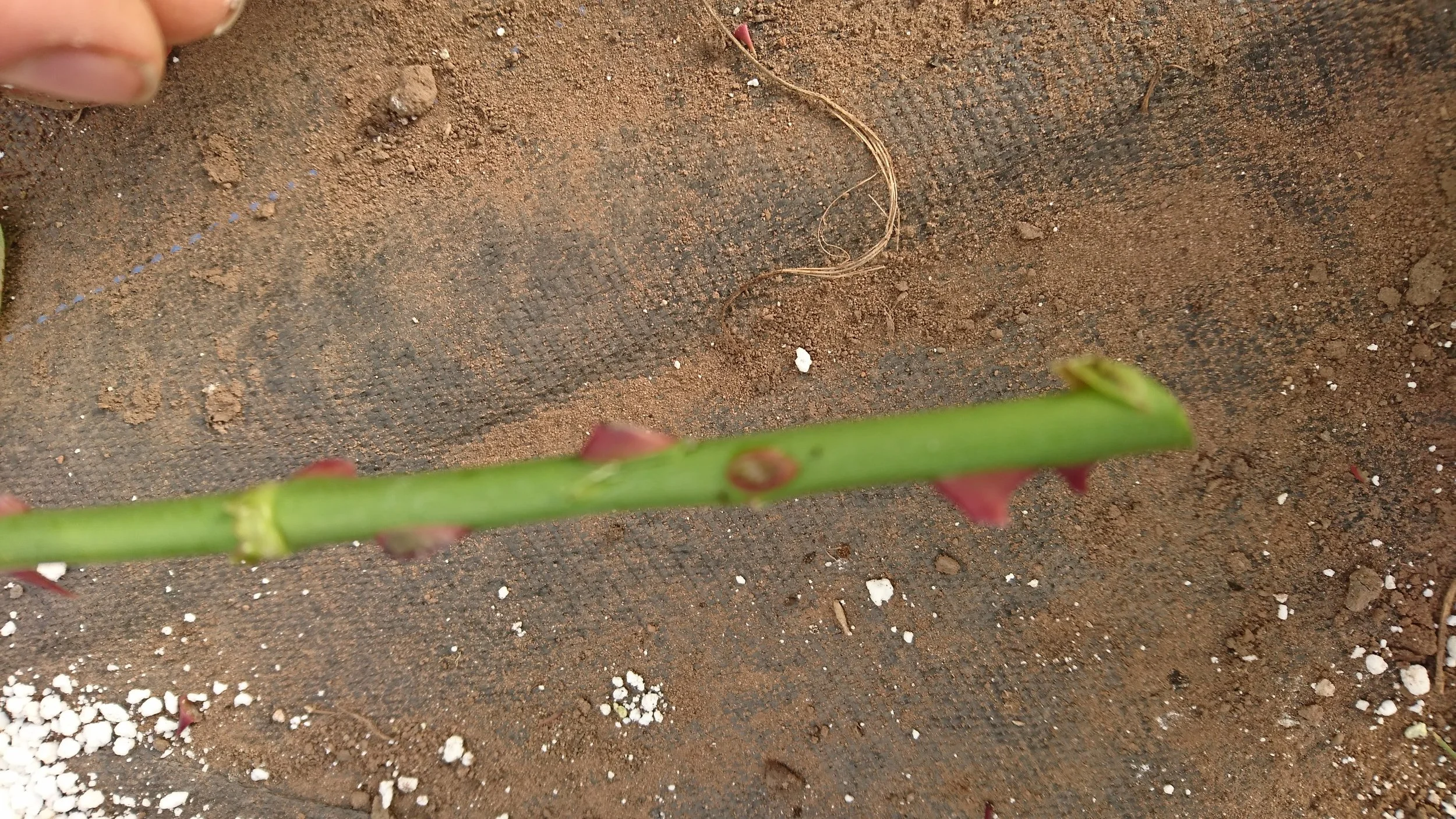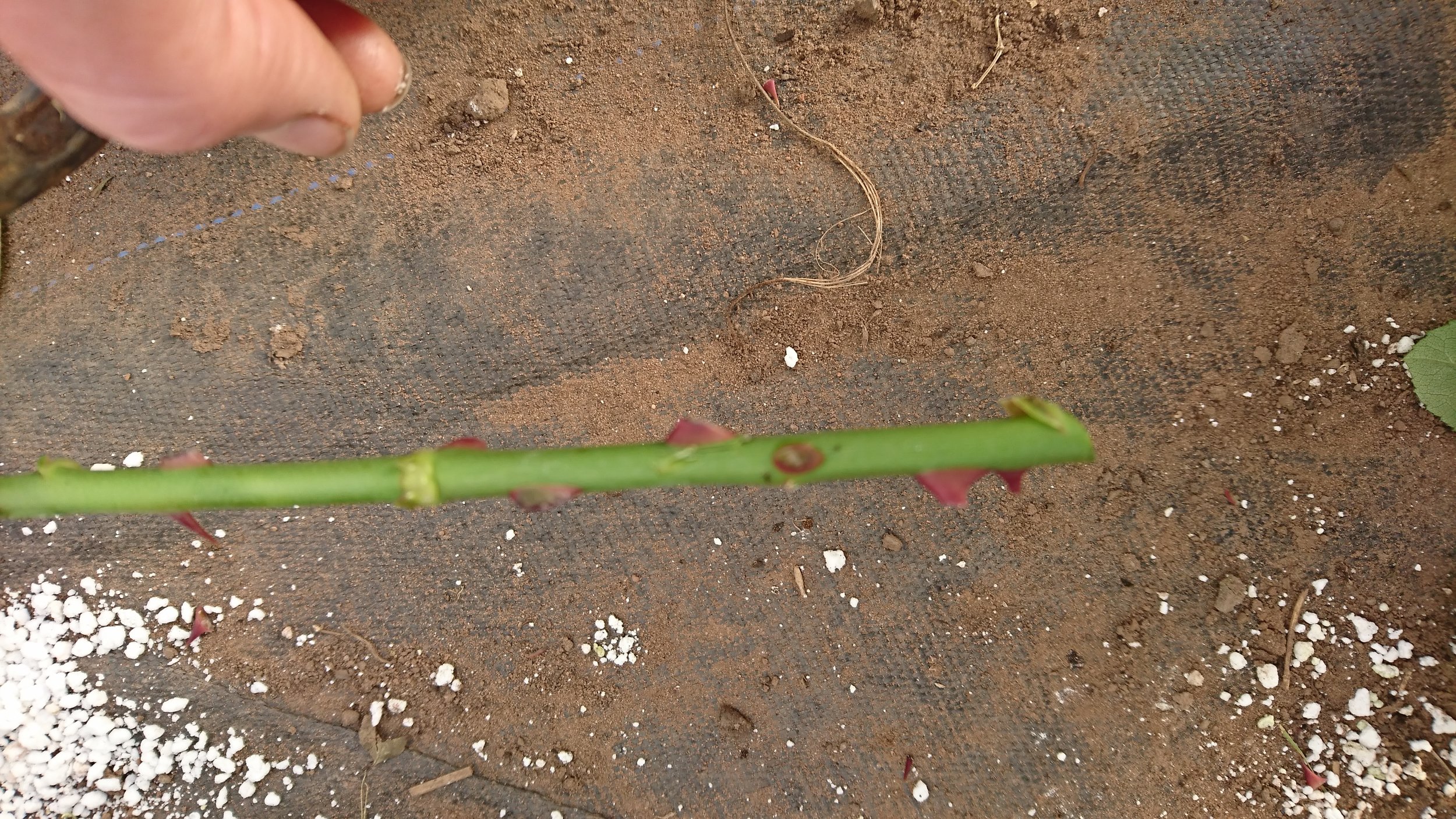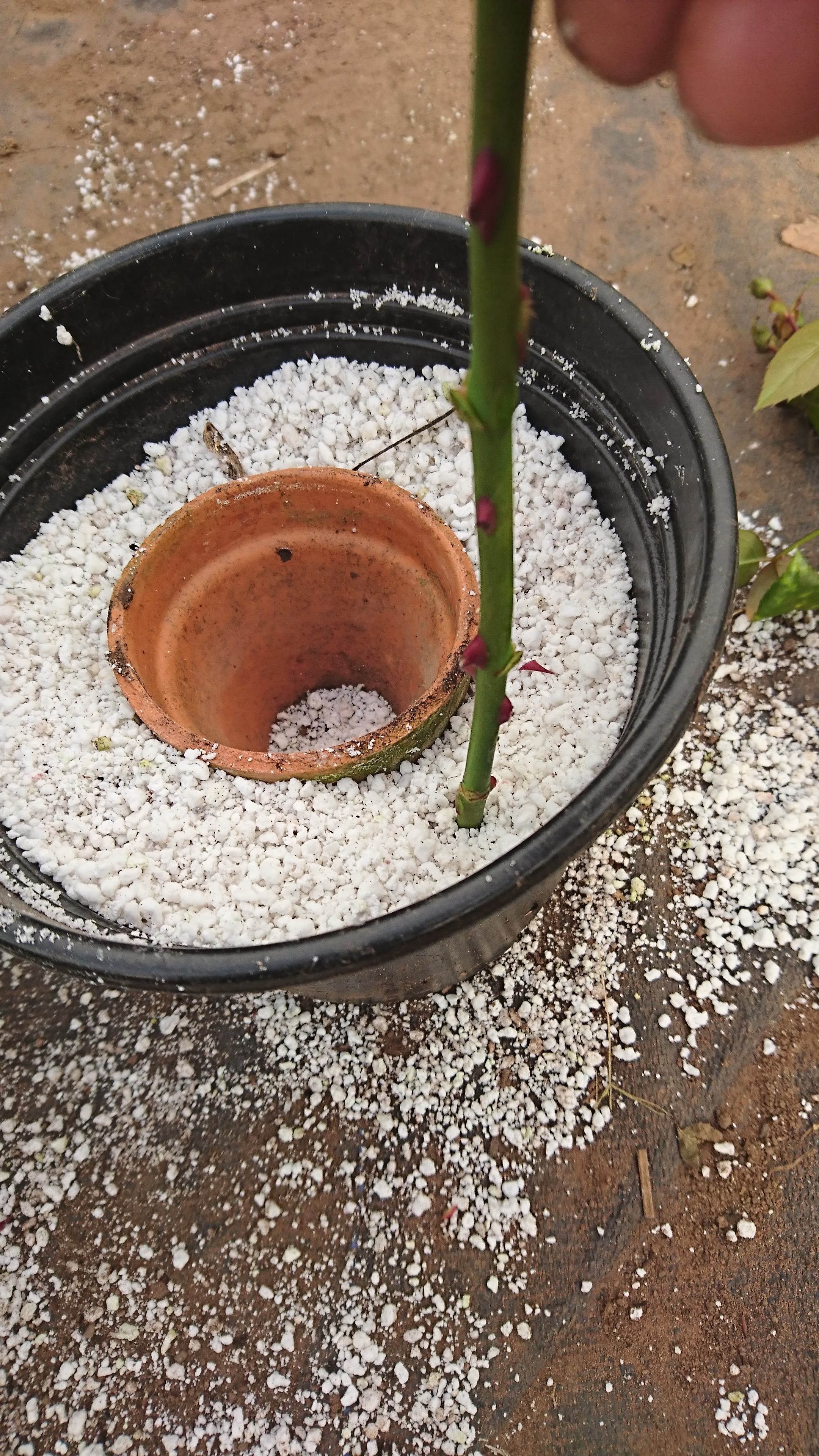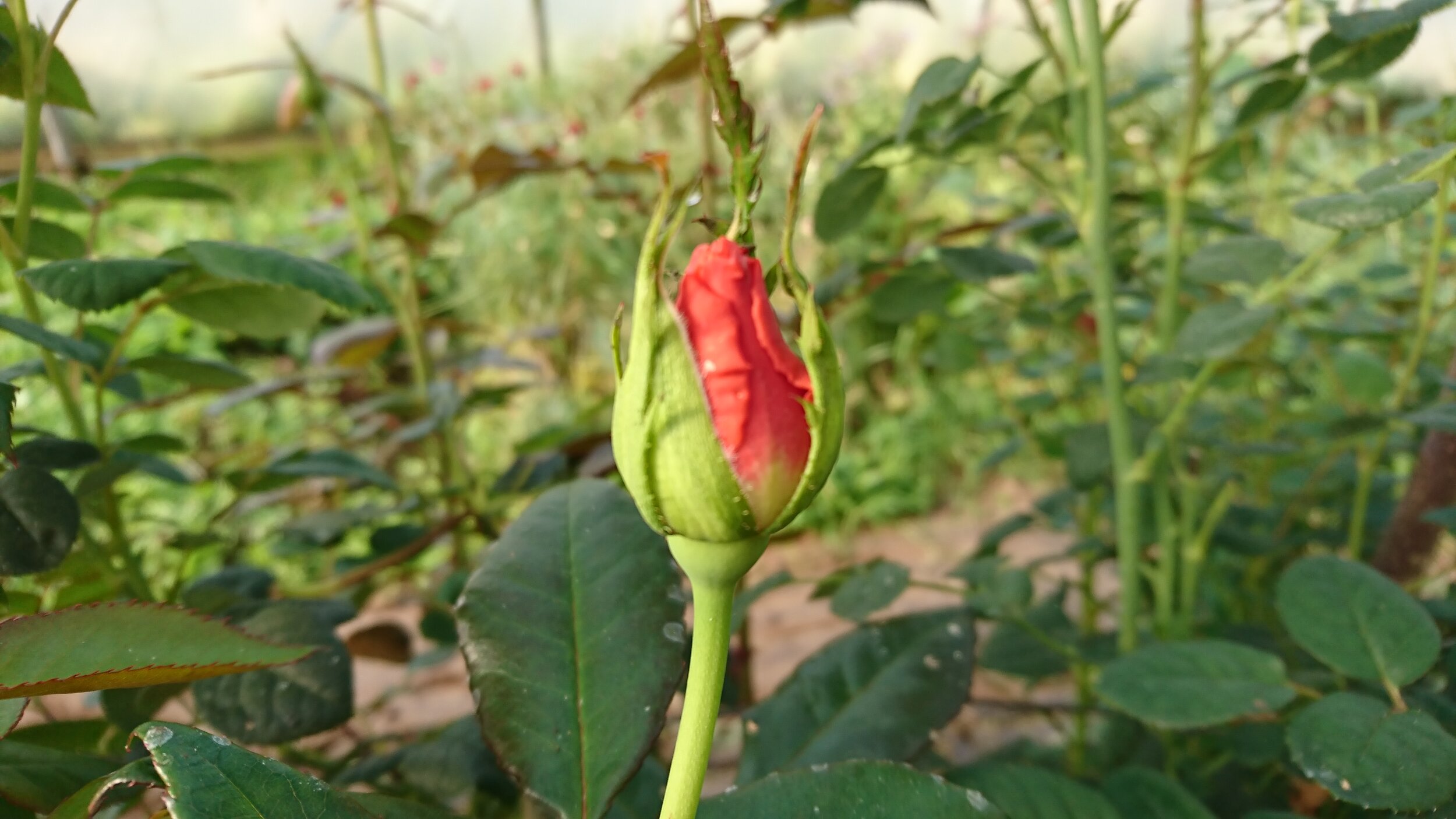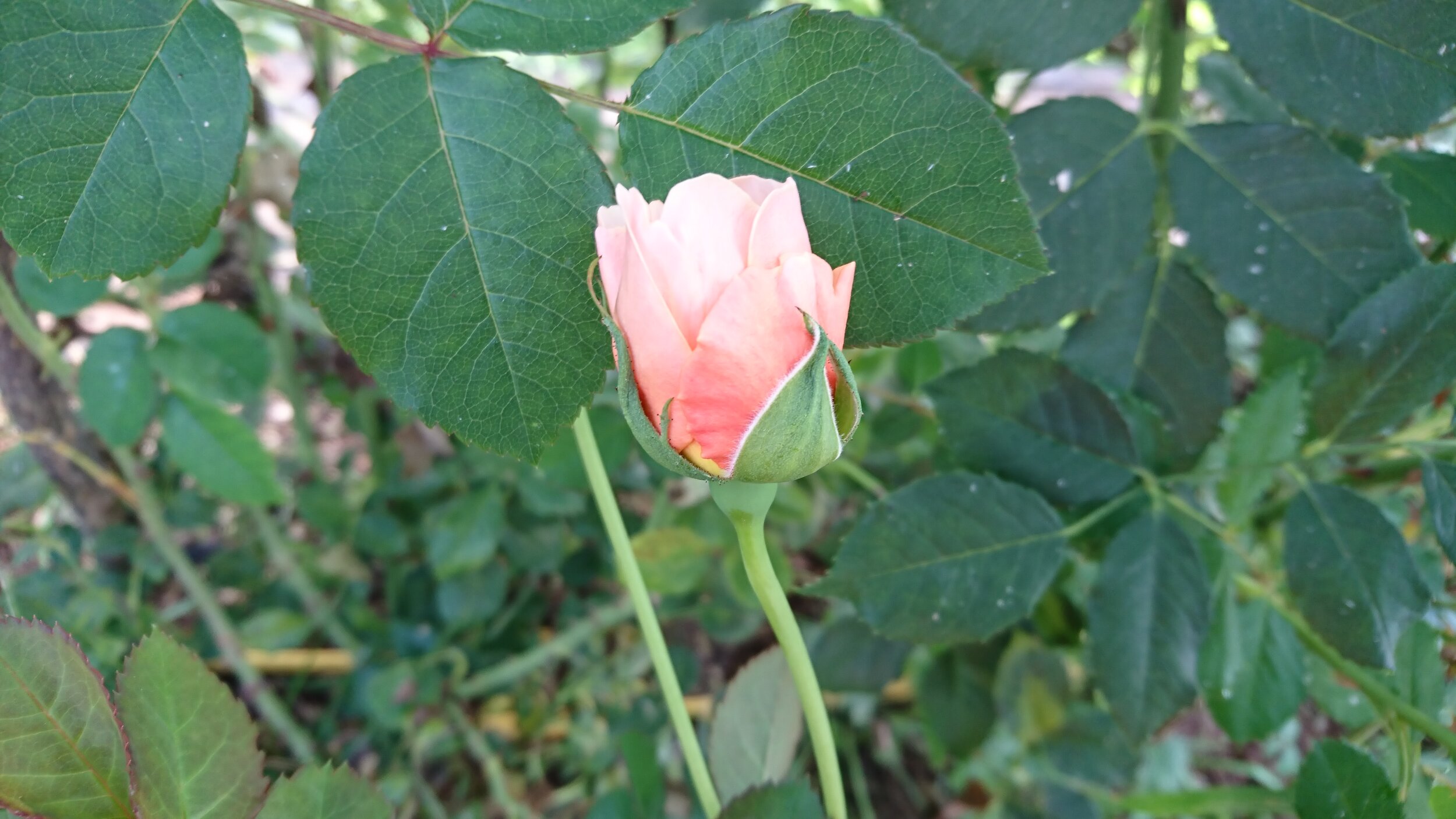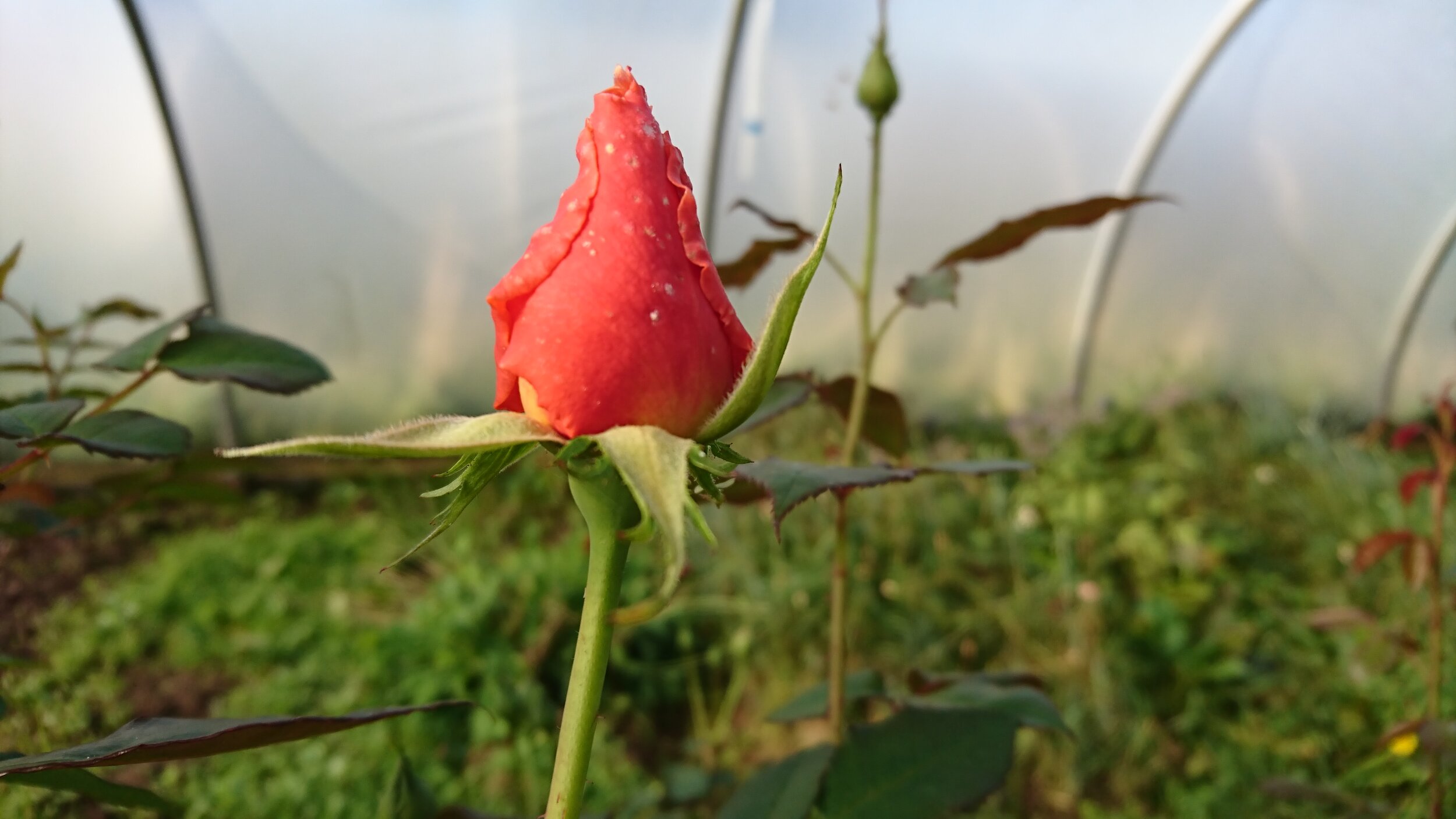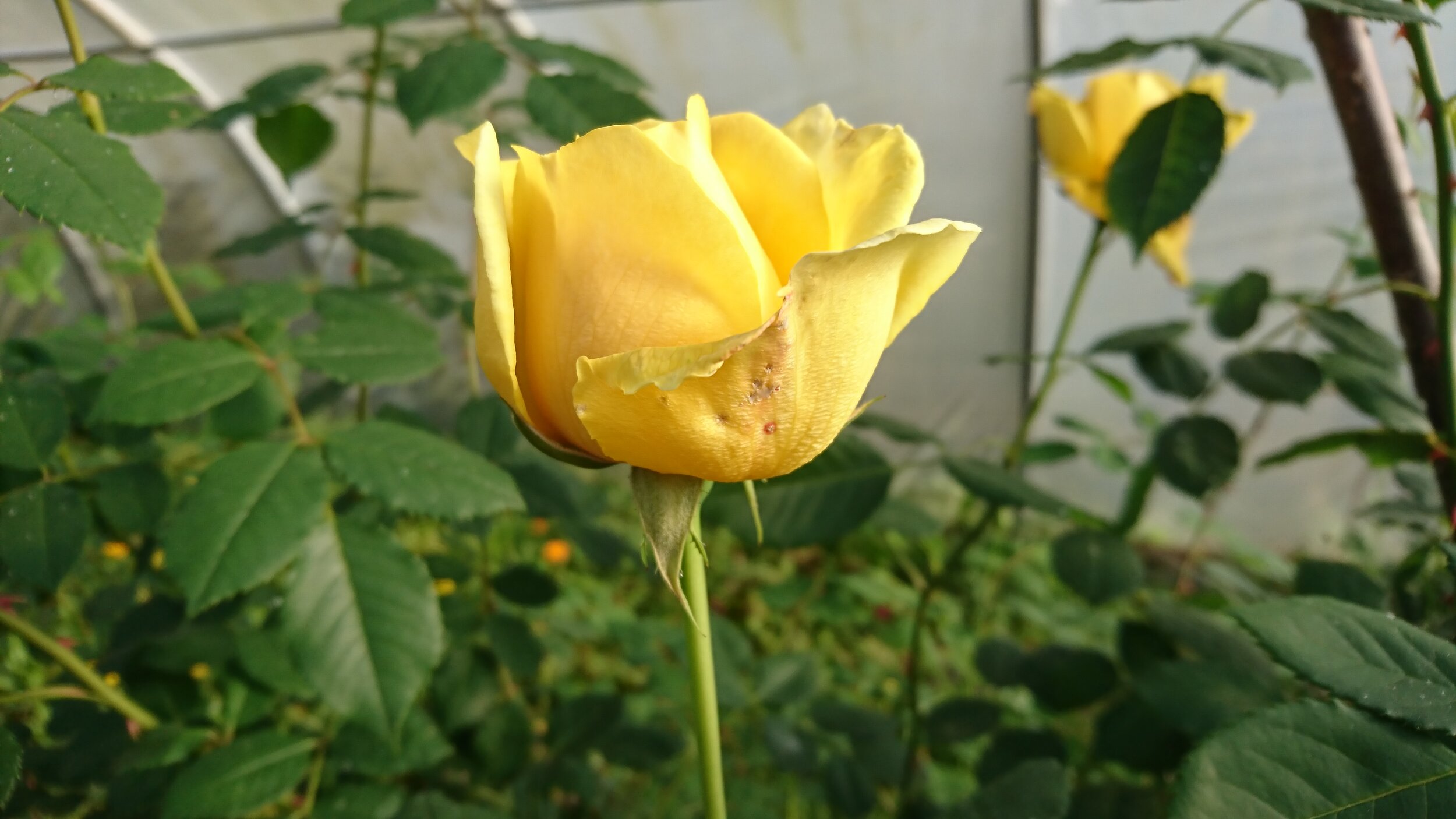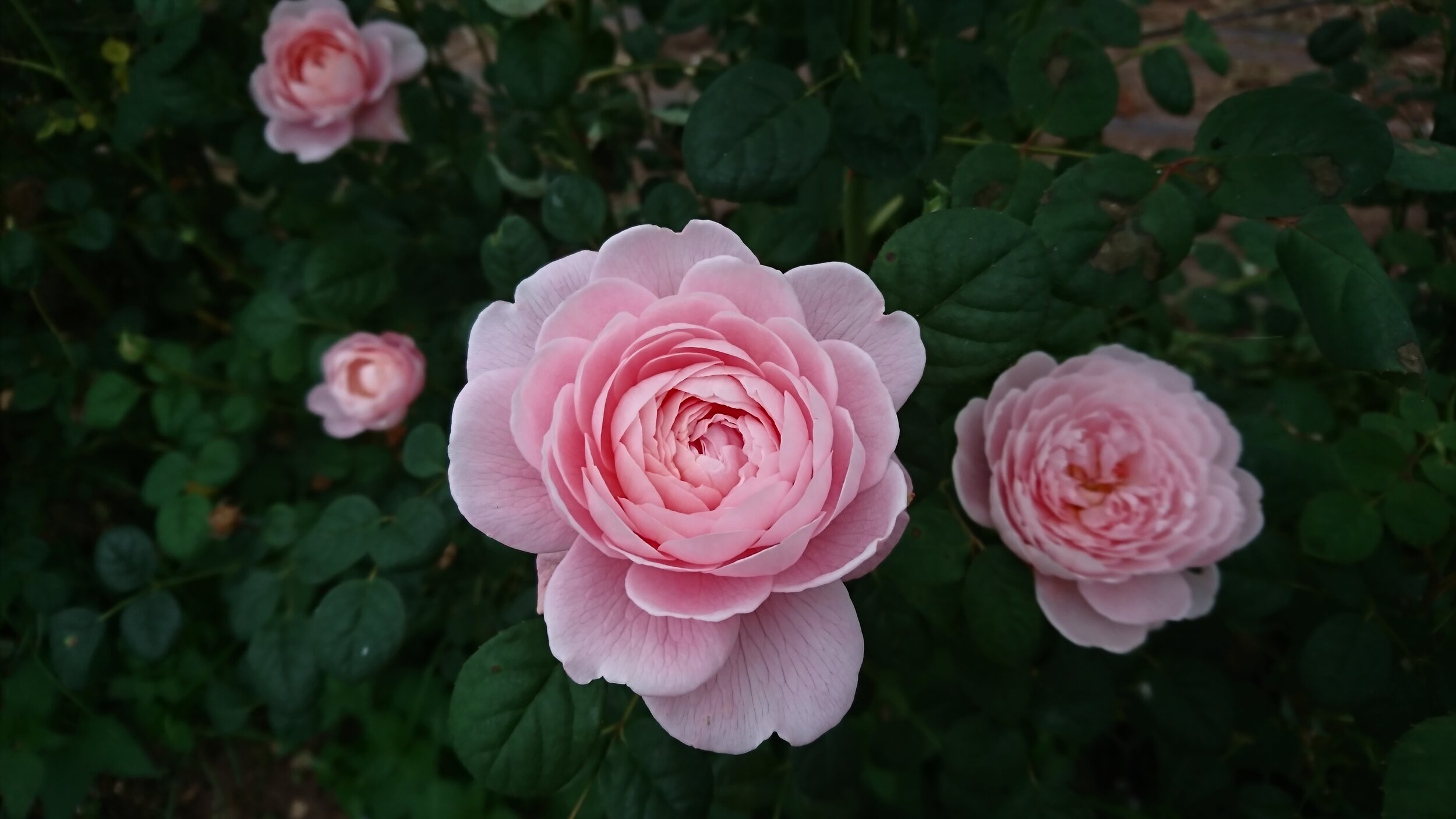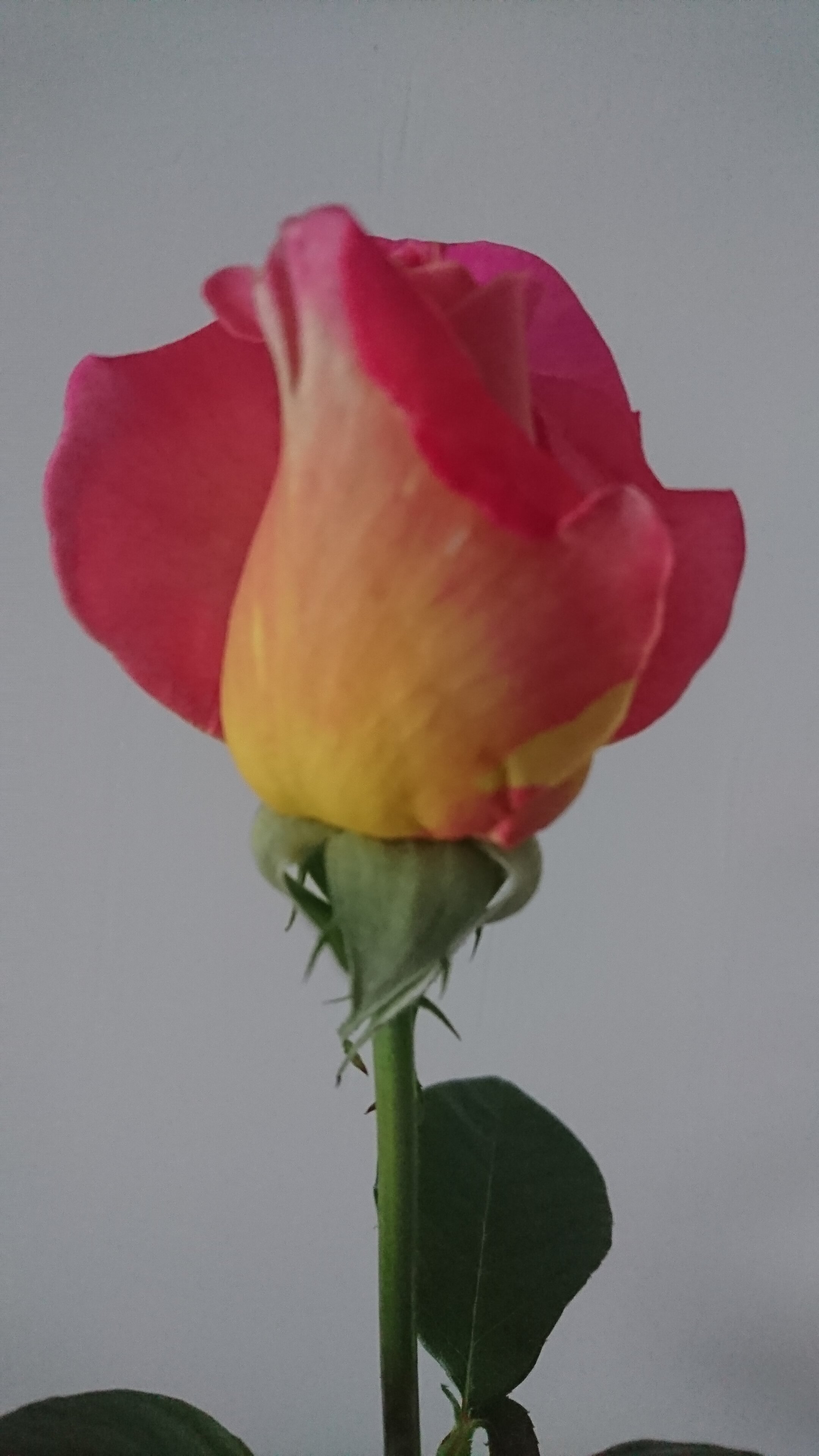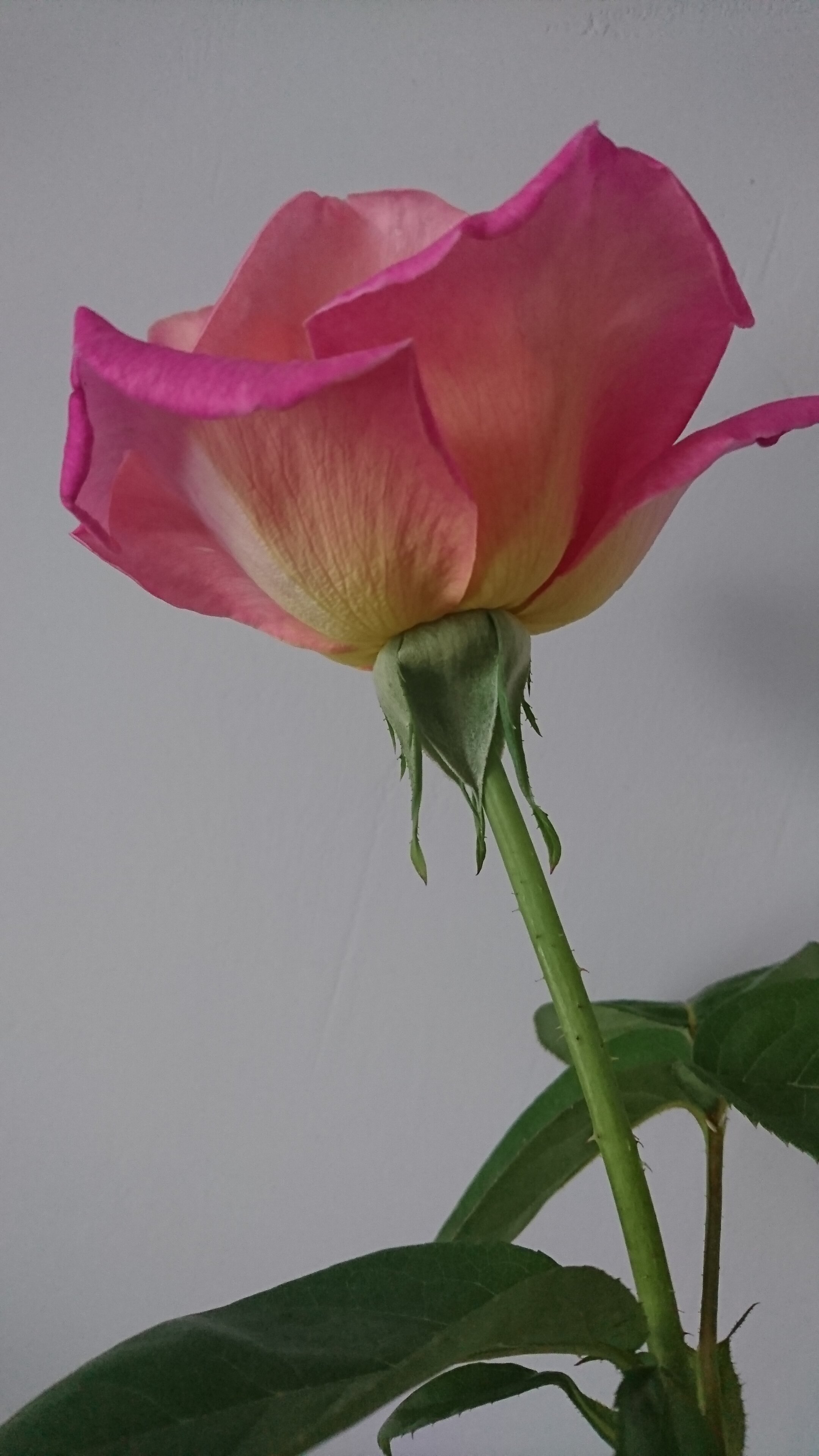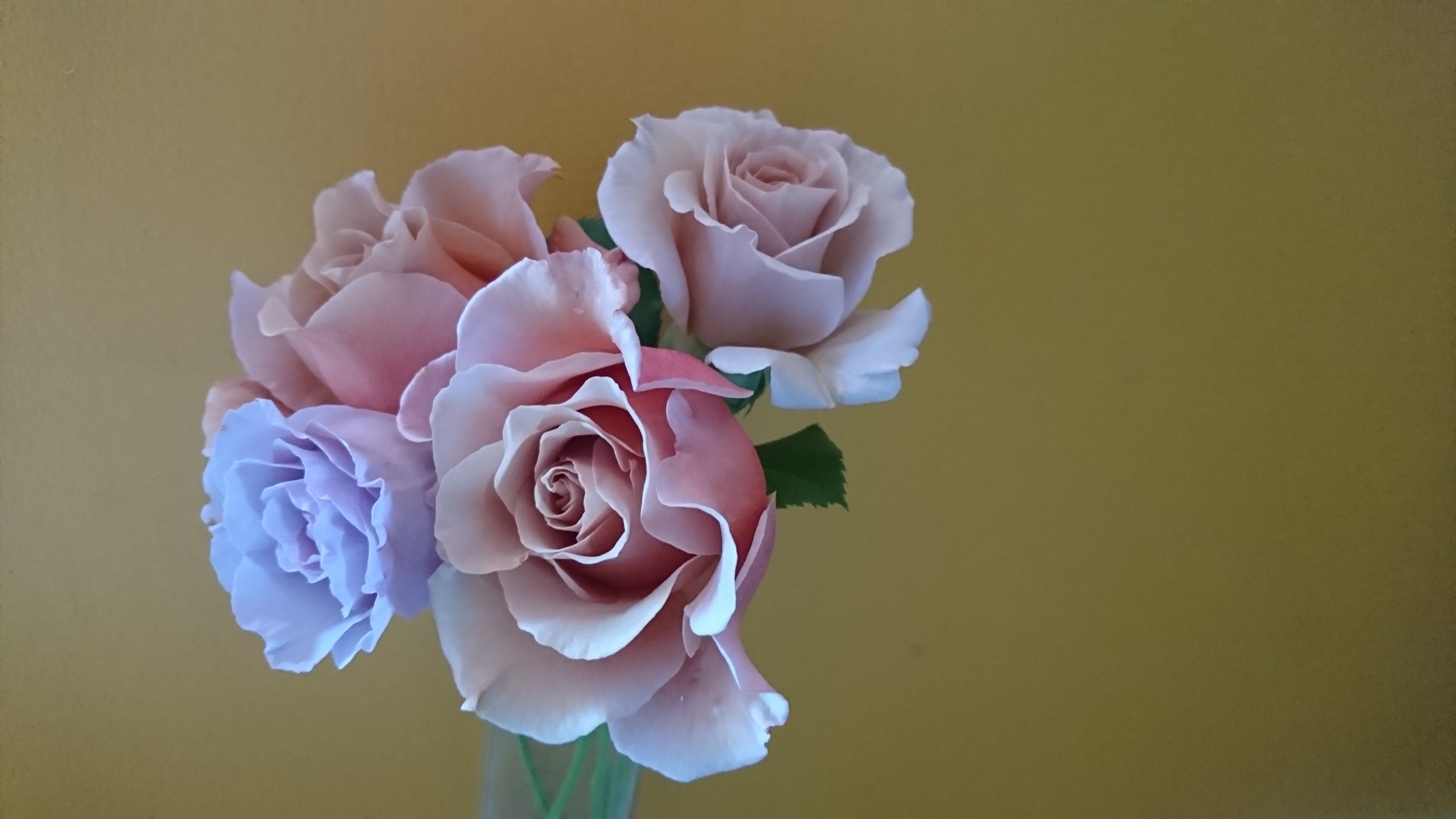If you want to grow roses as cut flowers on a relatively small scale, but aren’t sure how to do it to get the best results, this course is written for you. It uses my experiences of growing roses as cut flowers over the past 9 years.
On a serious note
I'm very happy for you to use, reuse and annotate the learning materials produced for in this course for your own individual use. However, please respect the time, energy and experience that has gone into creating this course and don’t copy any of the content or materials for other people or for use in your own workshops. The course and all its materials are protected by copyright and remain the intellectual property of The Business of Selling Flowers. You must not, under any circumstances reproduce any part of this course without our prior written permission. Thank you!
My Rose Growing Story
When I first started growing roses the only resources I could find were for growing roses for gardens and they didn’t work well for a small scale flower farmer in the northern UK. It took a number of years and lots of experimentation to be able to produce high quality roses for sale .
Once I’d decided to grow roses for cutting, I bought good stock from a well regarded nursery. I planted them in a sunny open site, in deep rich soil, manured them well and waited.
There is a common saying about rose bushes:
“First they sleep
Then they creep
Then they leap”
Meaning that they take three years to properly produce flowers, so shouldn’t be cut until their third year. I followed the advice and waited. I was ready for the leaping, snips poised, customers lined up and nothing happened. The roses I had so carefully nurtured and cosseted bloomed poorly, the flowers were sad and battered, rain speckled and meagre. I really couldn’t believe it.
I sold a few but wasn’t confident about them and when I was delivering to a regular florist customer she asked if there was anything special she should be doing to condition the roses I was supplying, as she was having problems with them shattering. I was absolutely horrified, though she was at pains to say it wasn’t a complaint. She clearly was concerned about mentioning any problems, but I was so grateful for the feedback as it helped me to become so much better at growing roses as cut flowers. I immediately stopped listing roses as available and set about testing them, cutting at different points, cutting in different ways, storing and transporting. They were still poor.
I decided that drastic action was required, I had to move them under cover to see if that helped or get rid of them. I cut them back, dug them all up and moved them into the middle of our polytunnel. There wasn’t a lot of space so they were planted quite closely together. I mulched and fed them and crossed my fingers.
The following spring, they started to grow and it was a revelation. Strong stems, glossy foliage, big fat buds. Then flowers – big, frilly, clean, scented blooms that cut well, lasted well and sold like crazy.
I looked really carefully at what I’d done differently and analysed the changes. This course is the result of that learning.






